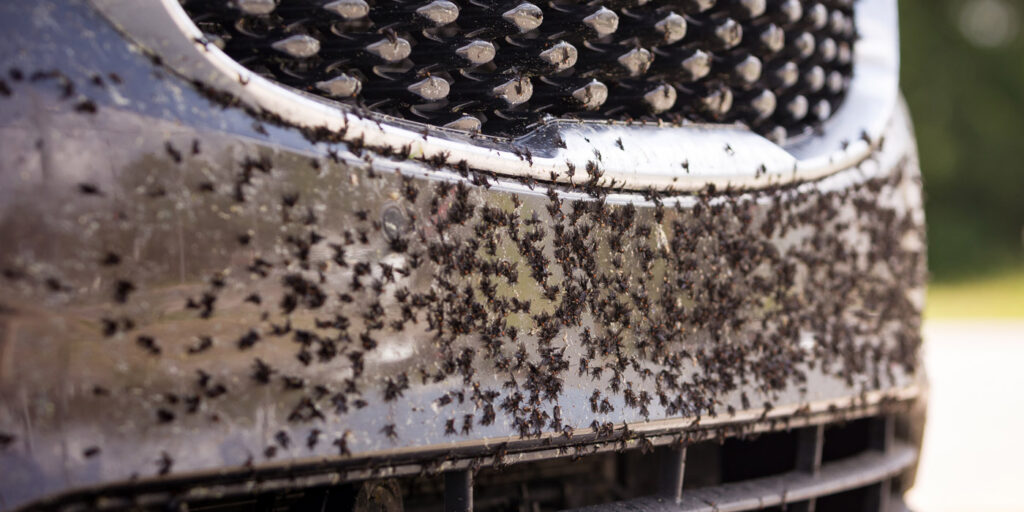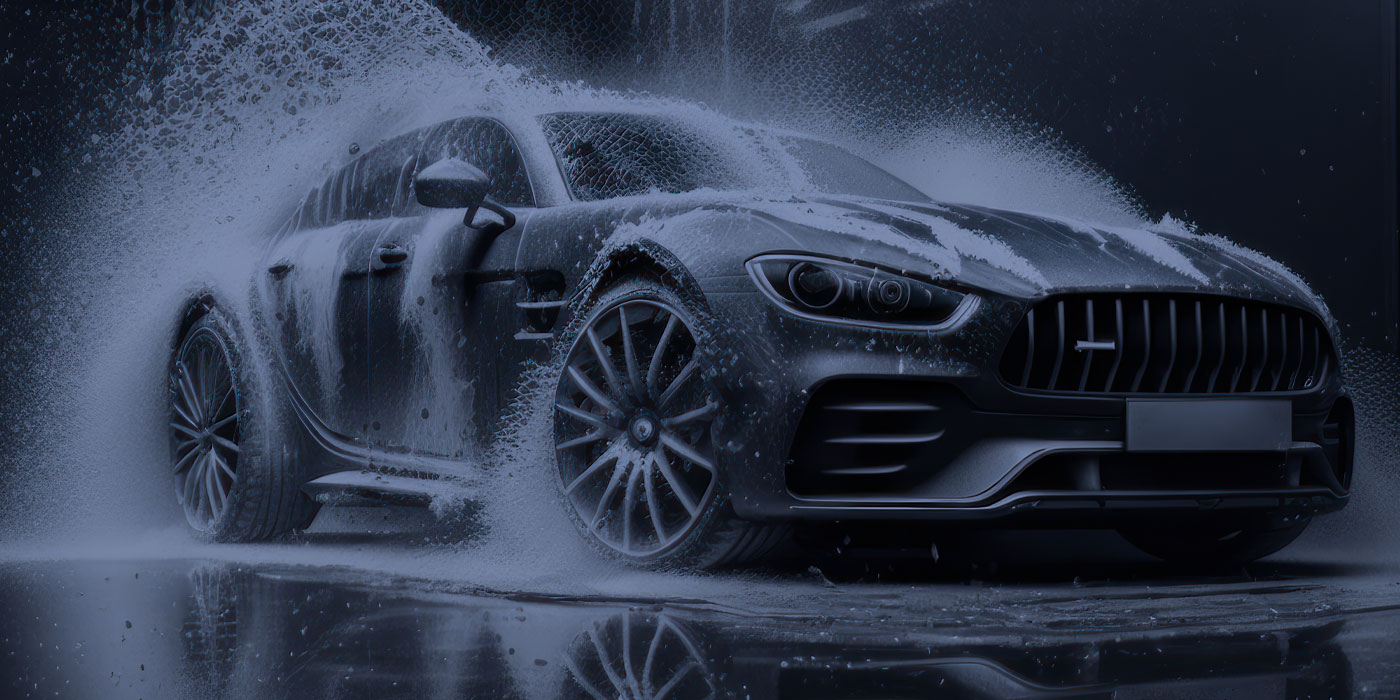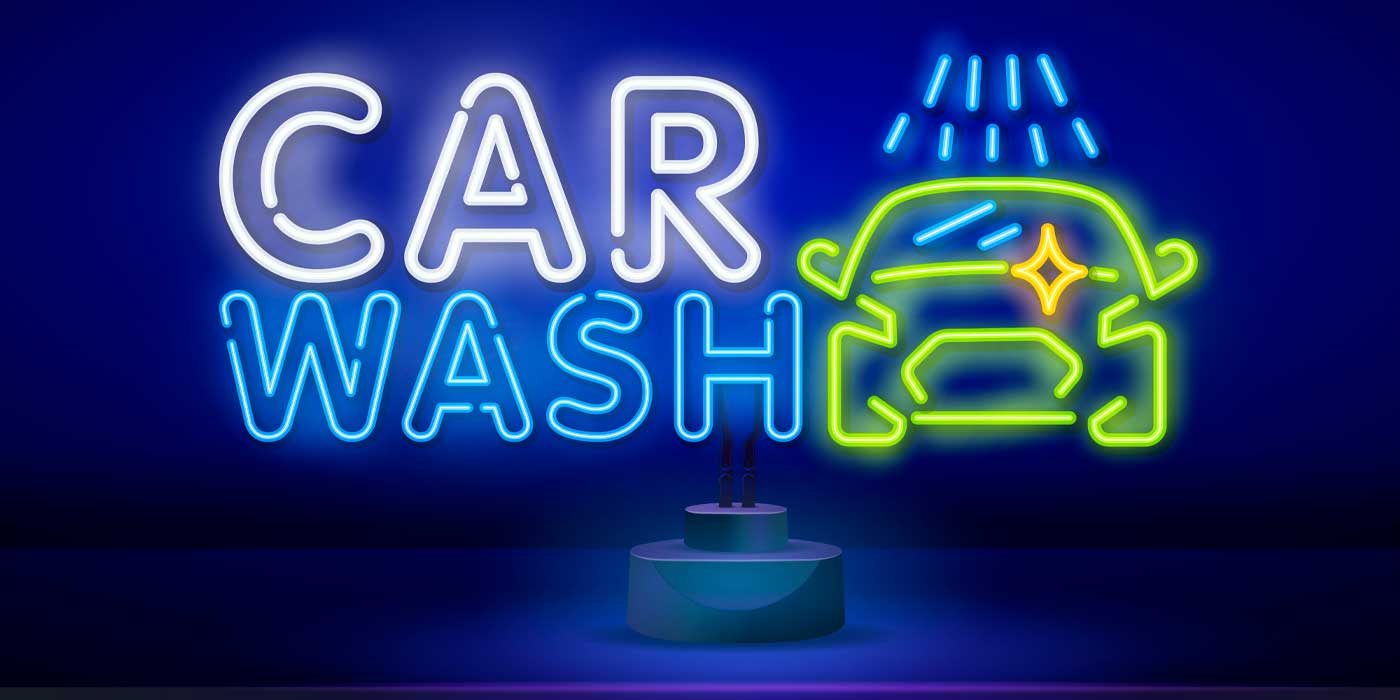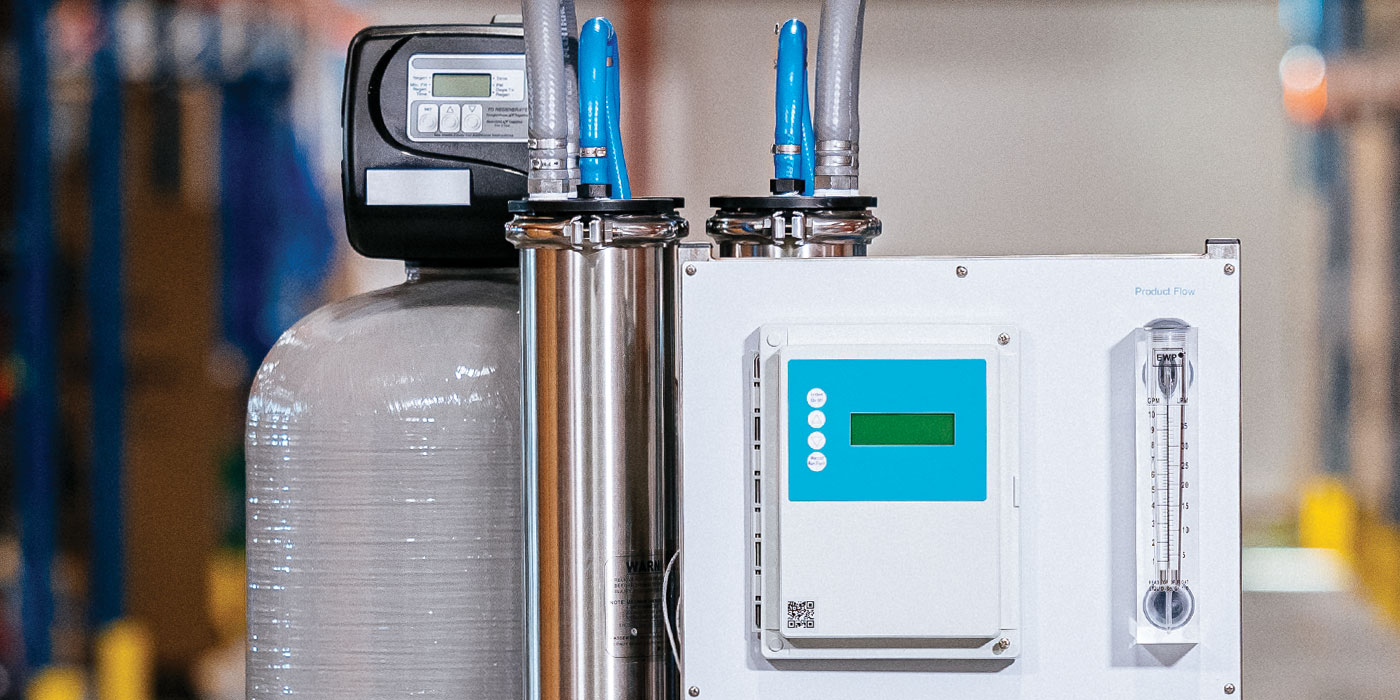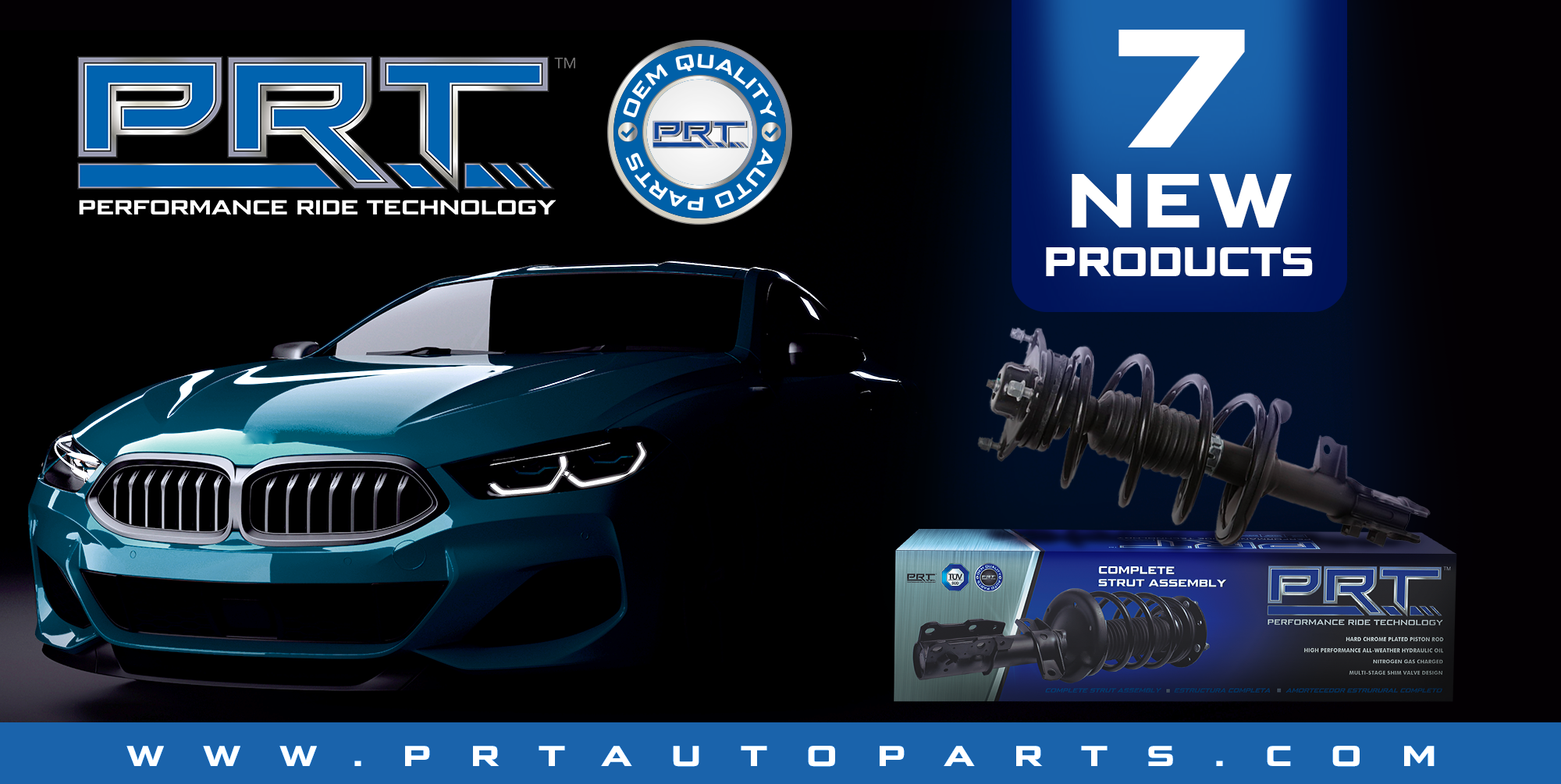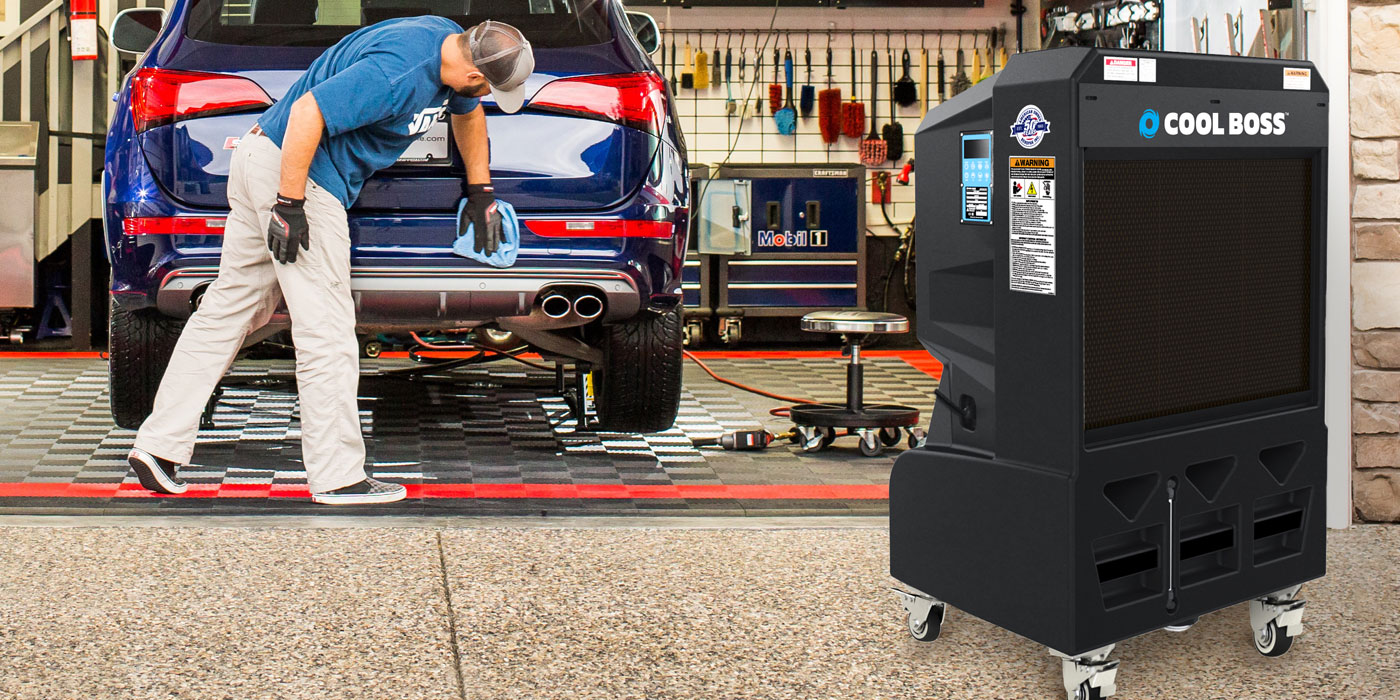It’s the beginning of spring and bugs are in the air.
Why are insects so prevalent during spring and summer months? Insects are ectotherms, or cold-blooded animals, and they derive their heat source primarily from the environment. As a result, insects are vulnerable during cold months. During fall and winter months, some insects migrate to warmer climates, while others adapt their bodies and hibernate to survive.
As they spread their wings and return to their warm month environments, insects’ populations grow and flourish. That is, until they end up on your customers’ windshields, side mirrors, front bumpers, hoods, license plates and other hard-to-reach areas.
Bugs off
When not removed in a timely fashion, which is usually the case, especially on long road trips, insect remains dry and adhere to vehicle surfaces. In addition to being unsightly, dried insect remains can pose a threat to a vehicle’s clear-coat and, by doing so, expose underlying paint to damage.
Insect remains are acidic and the longer they sit on the clear-coat — drying, setting and baking in the sun — the deeper they cut into a vehicle’s protective clear-coat layer.
For carwash operators and detailers, spring and summer seasons offer additional opportunities to inform, service and satisfy customers with proper insect removal.
In addition to bug removal treatment, operators and detailers should also be promoting advanced wax applications. Car wax’s primary function is to protect the vehicle’s clear-coat and paint. Leading wax applications offer not only protection, but, if applied regularly, make washing easier as insect remains and other environmental debris slide off the surface.
Removal
For customers that have a prevalence of bugs on their vehicles throughout these warmer months, it is advised to get an unlimited carwash membership and wash as often as possible.
In order to effectively remove caked-on bugs from vehicle surfaces, proper chemical and mechanical action is required. Some operators use manual labor to pretreat insect remains through brushing, while others use advanced automated equipment that angles and provides to-the-inch cleaning for hard-to-reach areas.
The chemistry used during the wash process is critical. There are chemical offerings on the market specifically designed to remove bugs. A properly timed and targeted application of chemistry to cover commonly affected areas, friction or pressure and adequate dwell time is needed.
Although car counts are up at many carwashes, operators should not feel pressured to speed up the wash process — which shortens the dwell time for chemistry — or cut corners. Consult with your manufacturer partners for the correct dilution and dwell time for your products, equipment and climate.
According to a recent article from this publication, equipment and chemical manufacturers have been focused on developing advanced solutions for insect removal since it is such an important and predominant issue during warmer weather months. As noted by the article, experts have learned that high-pH chemicals work best for starting the cleaning process.
Although it might seem like an insignificant detail, operators should know what type of bugs are common in their regions. This variable may dictate which type of chemistry and prep work is needed. Chemical companies offer both alkaline and acidic products for insect removal.
With the right selection of chemistry, friction, proper dwell time and wax application, automated carwashes and professional detailers can not only offer insect removal services, but also insect protection services. In between carwashes and details, motorists are advised to remove bug remains off vehicle surfaces as needed. Using a spray bottle with water, a microfiber cloth and gentle agitation to remove as much of the insect remains as possible helps protect the clear-coat until you can visit a wash or detail shop.

